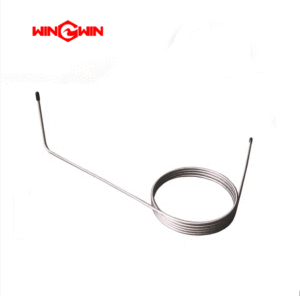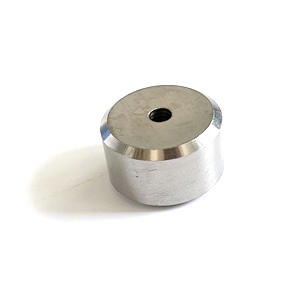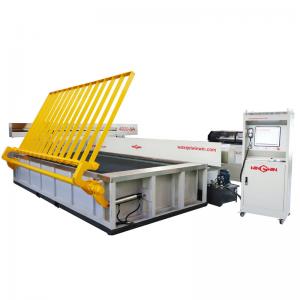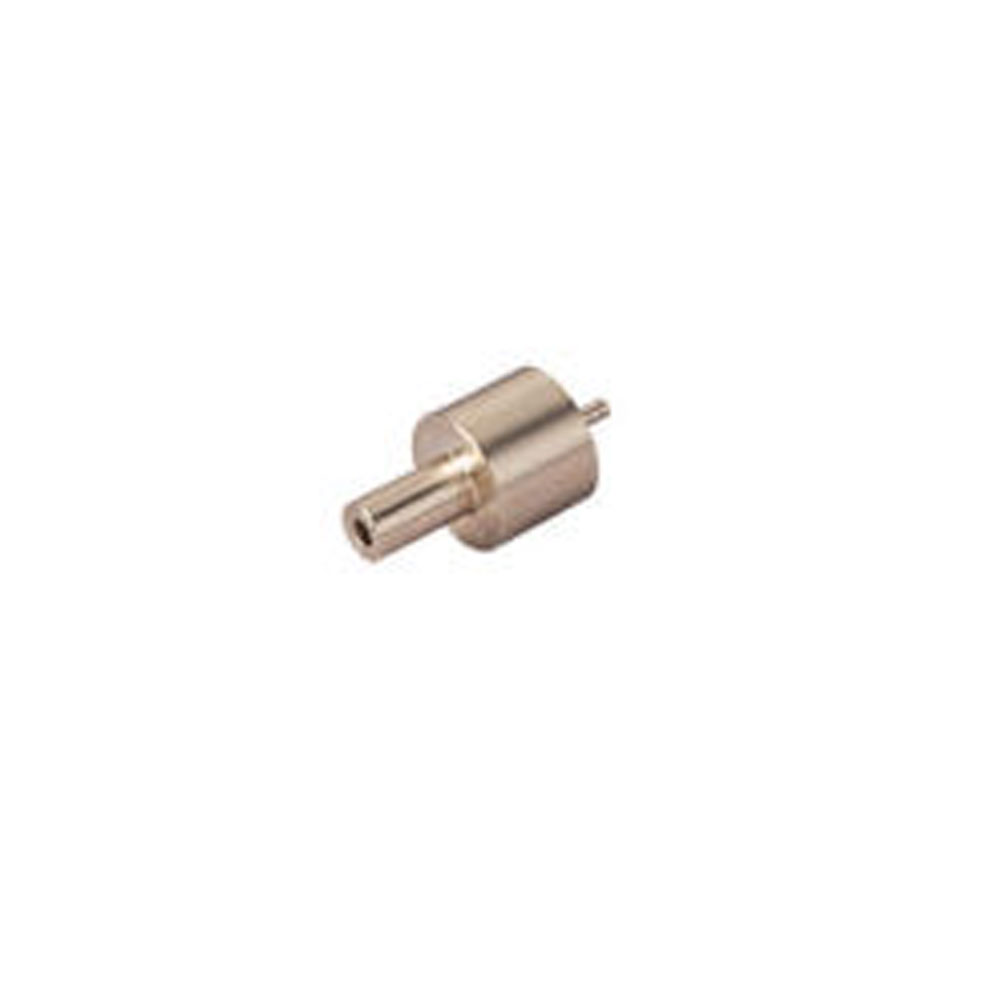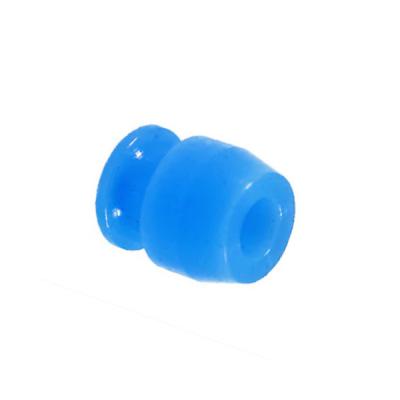REPLACEMENT Robotic Waterjet parts Coil 301097
Robotic Waterjet parts Coil 301097 Description
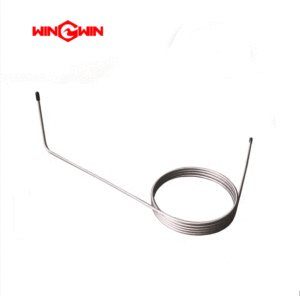
Item number: 301097
Details: Robotic Waterjet parts Coil 301097 used on IRB2400 Axis 3 robot waterjet cutting system
What is the quality of WINWIN waterjet cutting coil?
High-pressure water jet coil is an auxiliary equipment for water jet cutting. Its main function is to limit the flow of high-pressure water, thereby improving the cutting accuracy and efficiency of the water jet.
Here are some more detailed considerations when it comes to selecting high-pressure waterjet parts:
Matching of pressure and flow:
The pressure and flow of the high-pressure pipe need to match the requirements of the waterjet cutting head or sandblasting machine. Improper pressure and flow of high-pressure pipes will affect the effect of waterjet cutting or sandblasting, and even cause damage to the high-pressure pipes. WINWIN company will provide high-pressure pipes of different specifications, which can be adjusted according to customer requirements.
Interface size:
The interface size of the high-pressure pipe needs to match the interface size of the water jet cutting head or sandblasting machine. Mismatched interface sizes will result in loose connections, affecting the stability of water flow and pressure. The high-pressure pipes provided by WINWIN have excellent surface quality and strict dimensional tolerance requirements to ensure that there will be no leakage points when the steel pipes and joints are connected.
3.Corrosion resistance:
High-pressure pipes need to be corrosion-resistant and able to withstand water flows with high pH and sandblasting media. High-pressure pipes that are not corrosion-resistant are prone to corrosion during use, resulting in a decrease in high-pressure water flow and sandblasting effects, and even damage to the high-pressure pipes. We have a well-equipped corrosion laboratory for research purposes and to effectively control various factors affecting material production. This makes our materials even more resistant to corrosion.
4.Wear resistance:
High-pressure pipes need to have high wear resistance and be able to withstand the impact and friction of high-pressure water flow and sandblasting media. High-pressure pipes without wear resistance are prone to surface wear and deformation during use, affecting high-pressure water flow and sandblasting effects. Offering a variety of stainless steel, nickel alloys, titanium, zirconium and other high-grade materials. Ensure the wear resistance of the coil.
5.Reliability:
High-pressure pipes need to be highly reliable and can ensure stability and safety for long-term use. Unstable high-pressure pipes can easily cause pressure fluctuations and unstable flow during use, affecting the waterjet cutting and sandblasting effects, and even causing damage to the high-pressure pipes. We strictly control every step in the entire production process to ensure that our products have more stable quality. It has both high yield strength and elongation. The inner surface is very smooth, thus ensuring pressure resistance. Self-reinforcing processing delays cyclic fatigue behavior.
Our high-pressure pipe testing laboratory is accredited to ISO 17025 standards.
Who invented the waterjet?
The development of waterjet cutting technology was a gradual process that involved contributions from various inventors and engineers over the years. While there isn't a single individual who can be credited with inventing the waterjet in its entirety, several key milestones in its development include:
Dr. Norman Franz: Dr. Norman Franz, a forestry engineer, is often credited with the early concept of waterjet cutting. In the 1950s, he began experimenting with the use of high-pressure water jets for cutting soft materials, primarily paper and wood.
Robert E. Sanders: In the 1960s, Robert E. Sanders, an American engineer, developed high-pressure waterjets for industrial applications. His work laid the foundation for the use of waterjets in cutting a broader range of materials.
Leslie Tirrell: Leslie Tirrell, a pioneer in abrasive waterjet cutting, received a patent in 1982 for his development of a system that mixed abrasive materials with high-pressure water, allowing for the cutting of hard materials like metal and stone. This was a significant step in the evolution of waterjet cutting technology.
Bennett, Pappas, and Hashish: Engineers Bennett, Pappas, and Hashish, working at Flow Research, played a crucial role in the commercialization and advancement of abrasive waterjet cutting technology in the 1980s. They developed machines that were capable of precise cutting for various industries.
Ongoing Contributions: Waterjet technology has continued to evolve over the years, with contributions from various companies and researchers. Improvements in high-pressure pump technology, CNC control systems, and cutting head designs have made waterjet cutting more efficient and versatile.
While there isn't a single inventor of the waterjet, these individuals and their contributions have collectively led to the development and commercialization of waterjet cutting technology, which has become a valuable tool in a wide range of industrial applications.
If you are looking for robot waterjet cutting system suppliers or Robotic Waterjet parts Coil 301097 suppliers, as well as waterjet technical support needs related to water cutting, please feel free to contact us, we can provide free online support for you.
 wwaterjet
wwaterjet 